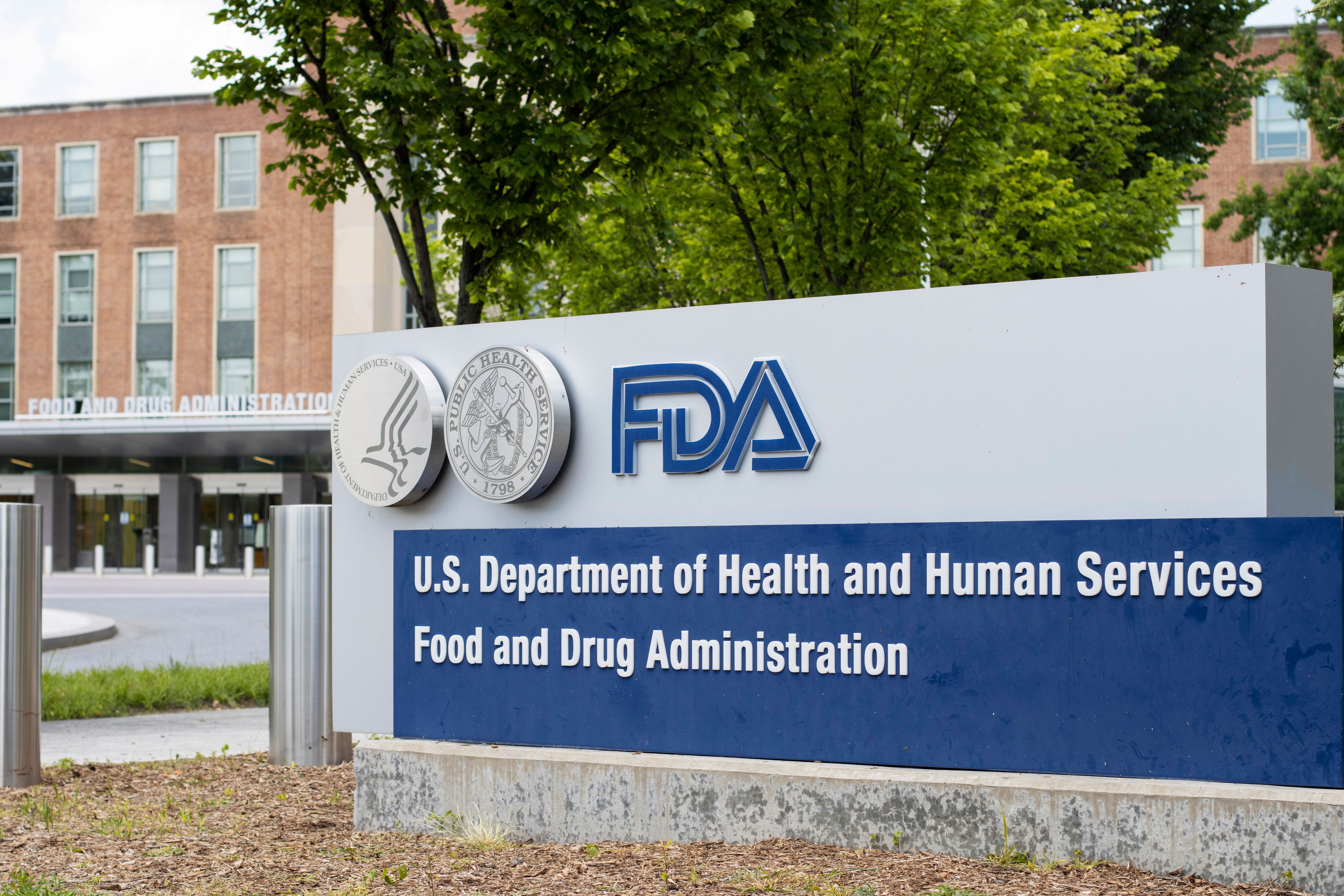FDA Grants Priority Review to Brensocatib, First Targeted Treatment for Bronchiectasis
The FDA has set the Prescription Drug User Fee Act target action date for bronchiectasis for August 12, 2025, Insmed Incorporated announced.

The US Food and Drug Administration (FDA) has granted priority review to Insmed Incorporated’s New Drug Application (NDA) for brensocatib, an oral dipeptidyl peptidase 1 inhibitor that, if approved, would be the first and only therapy specifically indicated for the treatment of non–cystic fibrosis bronchiectasis, the company announced bronchiectasis, the company announced.1
The Prescription Drug User Fee Act (PDUFA) target action date has been set for August 12, 2025. The FDA previously granted brensocatib Breakthrough Therapy Designation.1
Bronchiectasis is a chronic respiratory disease characterized by permanent dilation of the bronchi and frequent pulmonary exacerbations. About 350,000 to 500,000 patients in the United States have been diagnosed with the condition, according to the American Lung Association.2 Yet there are no FDA-approved therapies that specifically target bronchiectasis.
"Bronchiectasis is a chronic, progressive disease with no approved treatments, leaving hundreds of thousands of people in the U.S. without an effective way to reduce the pulmonary exacerbations that can lead to serious consequences," said Martina Flammer, MD, MBA, Chief Medical Officer of Insmed, in a news release. "Brensocatib has the potential to transform the treatment landscape for bronchiectasis and we were pleased to receive the FDA acceptance of our NDA with Priority Review even earlier than anticipated. We look forward to working with the FDA throughout the review process and, pending approval, bringing the first ever bronchiectasis treatment to patients as quickly as possible."1
The filing is supported by data from the Phase 3 ASPEN trial, which enrolled 1721 adult and adolescent patients at 391 sites across 35 countries. During a 52-week treatment period, brensocatib 10 mg and 25 mg demonstrated a statistically and clinically significant reduction in the annualized rate of pulmonary exacerbations compared with placebo. Both dosage strengths also met key secondary endpoints, including prolonging time to first exacerbation and increasing the odds of remaining exacerbation-free. The 25-mg dose additionally showed significantly lower decline in lung function at Week 52 as measured by post-bronchodilator forced expiratory volume in 1 second.1
Brensocatib was well-tolerated by patients in the clinical trial. Treatment-emergent adverse events reported in at least 5% of patients in either brensocatib arm included COVID-19, nasopharyngitis, cough, and headache.
In addition to seeking FDA approval, Insmed plans to submit regulatory filings for brensocatib in the European Union, the United Kingdom, and Japan in 2025. Commercial launches in those regions are anticipated in 2026, pending approval.1
References
1. FDA grants priority review to Insmed’s brensocatib for treatment of bronchiectasis with PDUFA target action date set for August 12, 2025. [News release] Published February 6, 2025. Accessed February 7, 2025. https://prnmedia.prnewswire.com/news-releases/fda-grants-priority-review-to-insmeds-brensocatib-for-treatment-of-bronchiectasis-with-pdufa-target-action-date-set-for-august-12-2025-302369466.html
2. American Lung Association. Learn about bronchiectasis. Accessed February 7, 2025. https://www.lung.org/lung-health-diseases/lung-disease-lookup/bronchiectasis/learn-about-bronchiectasis